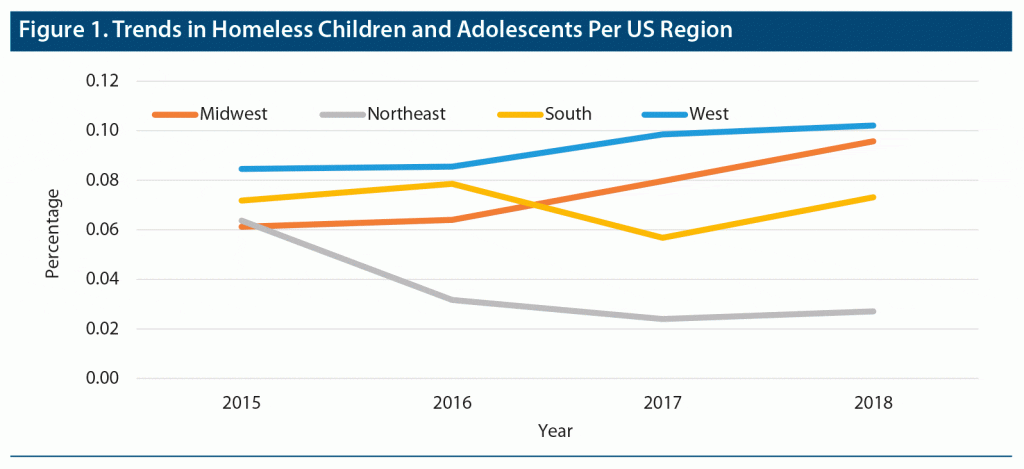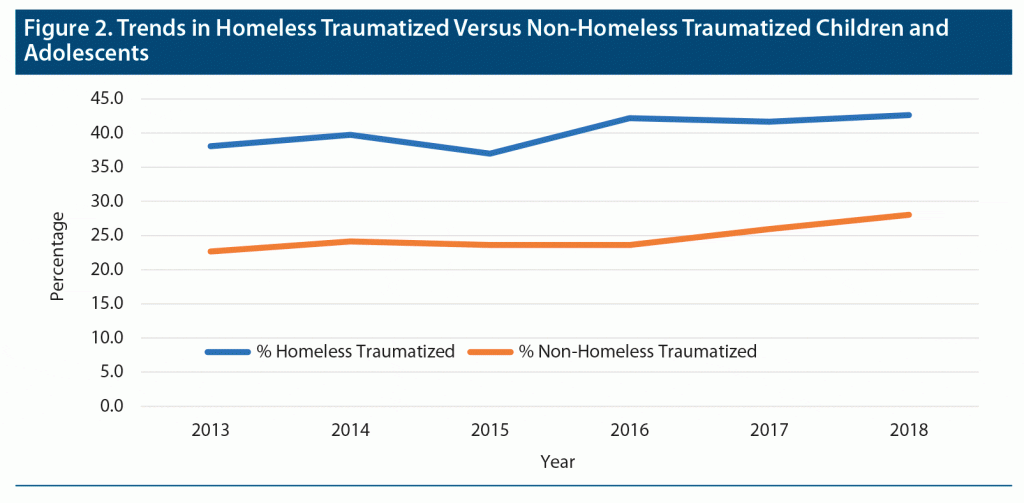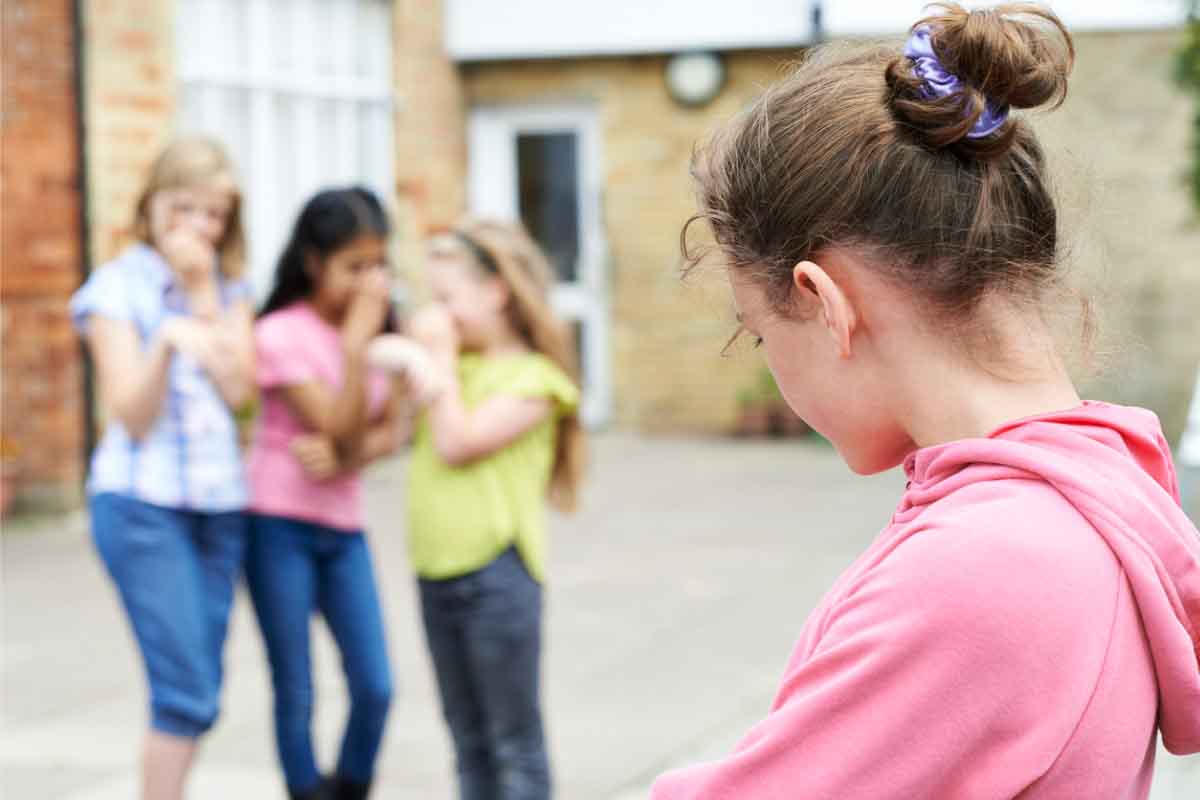
Prim Care Companion CNS Disord 2022;24(4):21br03146
To cite: Ashraf S, Shah K, Vadukapuram R, et al. Homelessness in the child and adolescent population: a study evaluating trends and demographics in regions of the United States, 2013–2018. Prim Care Companion CNS Disord. 2022;24(4):21br03146.
To share: https://doi.org/10.4088/PCC.21br03146
© 2022 Physicians Postgraduate Press, Inc.
aNorth Pointe Psychiatry, Lewisville, Texas
bGriffin Memorial Hospital, Norman, Oklahoma
cOklahoma State University, Tulsa, Oklahoma
dIcahn School of Medicine at Mount Sinai, New York, New York
eTower Health, Reading Hospital, West Reading, Pennsylvania
fTexas Tech University Health Science Center at Permian Basin, Midland, Texas
gBoston Children’s Hospital/Harvard Medical School, Boston, Massachusetts
‡Share equal credit for senior authorship.
*Corresponding author: Sahar Ashraf, MD, North Pointe Psychiatry, 860 Hebron Pkwy, Ste 1101, Lewisville, TX 7057 ([email protected]).
Homelessness is a significant challenge in the United States, with 12% of the homeless population involving adolescents and an annual prevalence of homelessness among adolescents estimated at 7.6%.1,2 Homelessness in children and adolescents is a public health concern. Each year in the United States, at least 1 in 30 adolescent minors and 1 in 10 young adults between the ages of 13 and 17 and 18 and 25 experience certain forms of homelessness, including unstable living conditions. This means that approximately 700,000 youth and 3.5 million young adults are homeless in the United States each year.3 Homelessness in this population increases the risk of exposure to physical, emotional, and psychological adversities.1 There is a paucity of research in region-wise homelessness trends in children and adolescents. Such studies can clarify the need for actions required by federal, state, and local governments of each region to address the public health burden of homelessness.
METHODS
We studied a 5-year survey of homelessness trends in child and adolescent populations and compared them to the adult homeless populations in different demographic regions of the United States. We analyzed 5 years (2013 to 2018) of data for homeless children and adolescents < 17 years of age in different demographic regions of the United States.4 The data were downloaded in .sav format (SPSS), except for 2014 compatible data, which had to be extracted in CSV format and converted into .sav format. All the files for 2013–2018 were merged in SPSS to create a single dataset. Python code was then used to create a subset of the data to extract relevant information about year, age, US region, homelessness status, and trauma status. The results were then grouped to aggregate the count of each unique combination of year, age, US region, homelessness status, and trauma status. The data were then pivoted using Business Intelligence Software TIBCO Spotfire and, finally, ported to Excel, wherein the final charts were created. The number of homeless children and adolescents and their percentage population were studied each year, keeping the data from 2013 as a baseline to see the homelessness trends in this age group. The homelessness trends, including demographic distribution and relation with trauma, in the < 17 years age groups were compared with that of those aged ≥ 17 years.
RESULTS
Compared to 2013, the prevalence of homelessness in 2018 in the groups aged < 17 years showed improvement in the Midwest (53%) and Northeast (45%). While the West was flat (97%), the South showed an increase of 122%. Homelessness in the population aged ≥ 17 years showed a significant increase from 2013 to 2018, except in the Northeast. Overall, homelessness in the population aged < 17 years decreased compared to 2013 (78%) in all US regions. There was an overall increase in the aged ≥ 17 years population (139%).
During 2013–2018, the Midwest showed a small decline from 0.3% to 0.1%. However, homelessness increased 56.38% in the Midwest during 2015–2018 (Figure 1), while rates declined 57.59% in the Northeast during the same period.
For traumatized homeless children aged < 17 years, we found an upward trend in homelessness rates in the southern and western states compared with a downward trend in the Northeast and Midwest (Figure 2). In a study conducted by Ringwalt et al,1 adolescents living in western regions of the United States were most likely to be homeless, followed by those living in the South, Midwest, and Northeast.
Family conflict and dynamics, child abuse, a youth’s sexual orientation, sexual activity, school problems, pregnancy, and substance abuse are several risk factors for adolescent and youth homelessness.5 According to a Congressional Research Service report in 2021,6 1 in 30 adolescents aged 13–17 years experience some form of homelessness, which could be unaccompanied by a parent or guardian over the course of a year.
Homeless children and youth have high rates of major depression, conduct disorders, psychosis, and other disorders.7 A study from the Street Outreach Program8 found that three-fourths of homeless children and youth have experienced significant trauma such as violence or physical or sexual abuse or have been a witness to violence/abuse.
Youth homelessness in the United States is equally prevalent in rural and nonrural areas. Children and youth are more at risk of homelessness if they have young parents; are black, Hispanic, lesbian, gay, bisexual, or transgender; or did not complete high school.9 Studies7,10,11 have shown that homeless adolescents are prone to various problems such as drug use, untreated mental health conditions, and sexual exploitation compared to their peers in general populations.
This is the first study, to our knowledge, to investigate the distribution of homelessness by region in children and adolescents in the United States. Lack of data, absence of a “weight” variable, and inadequate longitudinal time frame from the source precluded us from performing any significance tests, including trend analysis. However, we hope our results will create a framework for further studies with a more robust analysis. There is a need to implement youth-centric systems and services such as mental and physical health, child welfare, education, employment, housing accommodation, justice, and outreach at local, state, and federal levels.
Submitted: September 17, 2021; accepted November 1, 2021.
Published online: July 14, 2022.
Relevant financial relationships: None.
Funding/support: None.
References (11)

- Ringwalt CL, Greene JM, Robertson M, et al. The prevalence of homelessness among adolescents in the United States. Am J Public Health. 1998;88(9):1325–1329. PubMed CrossRef
- National Alliance to End Homelessness. Youth and Young Adults. End Homelessness website. Accessed June 15, 2022. https://endhomelessness.org/homelessness-in-america/who-experiences-homelessness/youth/
- Morton HM. Missed Opportunities: Youth Homelessness in America. National Estimates. Chapin Hall at the University of Chicago, 2017. ERIC website. Accessed June 15, 2022. https://eric.ed.gov/?id=ED603002
- Substance Abuse and Mental Health Data Archive. Mental Health Client-Level Data. SAMHDA website. Accessed June 15, 2022. https://www.datafiles.samhsa.gov/study-series/mental-health-client-level-data-mh-cld-nid19096
- Slesnick N, Bartle-Haring S, Dashora P, et al. Predictors of homelessness among street living youth. J Youth Adolesc. 2008;37(4):465–474. PubMed CrossRef
- Congressional Research Service. Runaway and Homeless Youth: Demographics and Programs. Every CRS Report website. Accessed June 15, 2022. https://crsreports.congress.gov/product/pdf/RL/RL33785
- Hodgson KJ, Shelton KH, van den Bree MBM, et al. Psychopathology in young people experiencing homelessness: a systematic review. Am J Public Health. 2013;103(6):e24–e37. PubMed CrossRef
- Whitbeck L, Lazoritz MW, Crawford D, et al. Administration for Children and Families. Family and Youth Services Bureau: Street Outreach Program. Administration for Children and Families website. Accessed June 15, 2022. https://www.acf.hhs.gov/sites/default/files/documents/fysb/data_collection_study_final_r eport_street_outreach_program.pdf
- Morton MH, Dworsky A, Matjasko JL, et al. Prevalence and correlates of youth homelessness in the United States. J Adolesc Health. 2018;62(1):14–21. PubMed CrossRef
- United States Interagency Council on Homelessness (USICH). Homelessness in America, Tools for Action. USICH website. Accessed June 15, 2022. https://www.usich.gov/tools-for-action/homelessness-in-america/
- The National Child Traumatic Stress Network. Homeless Youth. NCTSN website. Accessed June 15, 2022. https://www.nctsn.org/what-child-trauma-populations-risk/homeless-youth
Please sign in or purchase this PDF for $40.






